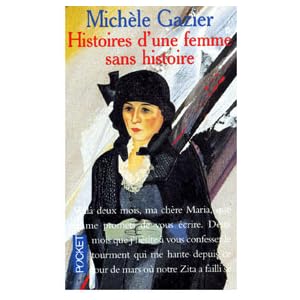Most Andorran folk music is related to both Catalan and
French music, with obvious reason of course. However, its music is related to
two dances that are Andorran in origin. The contrapàs is a dance that’s related to a Catalan
dance called the sardana. Men and women will hold hands alternately and dance
in a circle. There is a combination of long and short steps, and the piece
starts out slow and speeds up towards the end. The music usually contains a
shawm and a flabiol as well as other instruments. A shawm is related to an oboe
(but has a larger bore than an oboe, making it louder). A flabiol is a smaller
woodwind instrument in the flute family that’s playing to the front of the
performer, as opposed to the side like you normally see. It’s usually played
with the left hand while the right hand beats a small drum that’s attached at
the elbow. (Talk about multi-tasking!) In this video you can get a good look at
the flabiol as well as the dance steps.
I kept looking for information on the marratxa dance, but
there really wasn’t any viable info as far as I could find.
Two famous 20th-century composer-musicians from
Catalonia were Enrique Granados and Isaac Albéniz. I’ve known Granados’ “Valses
Poeticos” for many years – wonderful pieces! – although he’s most widely known
for the piece “Goyescas.” Granados
wrote a lot of piano music and chamber music, many of which has been
transcribed for classical guitar as well. A lot of his pieces are based on
Spanish and Catalan dances. In 1916, Granados died while crossing the English
Canal – the boat he was in was hit with a torpedo from a German U-boat. He
jumped out in an attempt to save his wife who was struggling to swim and
drowned; his body was never recovered. (Think about that the next time you
consider crossing the English Canal.) He had suffered from hydrophobia, and
that was the first time he had been on an extended trip over the water.
Albéniz is really famous for his classical guitar pieces.
One of the most famous pieces he wrote is called Asturias. I’m sure you’ll
recognize the piece; it’s been used in several commercials and movies. This
piece makes me want to learn how to play classical guitar. And the guitarist is none other than
Australian John Williams, who, in my opinion, is some sort of genius.
In popular music of Andorra, two names came up that were
results from the Eurovision music contest: a punk band called Anonymous and the
pop singer Marta Roure. As a HUGE fan of punk music, I was immediately drawn to
Anonymous, but it was really hard to find any of their music, other than the
one used for Eurovision. But with a name like Anonymous, I was coming up with
every album that truly had anonymous tracks on them. Maybe in retrospect,
probably not such a good name for a band if you want people to search for
you. But here’s the track I did
find from the band Anonymous. It somewhat reminds me a little of the American
band Bouncing Souls, but at times they sound like Green Day. Seriously, if anyone has their whole album, please send it to me.
Marta Roure is a pretty typical pop musician, but I did like
some of the songs on her album Nua. At times, it was reminiscent of Columbian
singer Shakira (whose father by the way is partly of Catalan descent), but with
a voice quality more like Mexican singer Paulina Rubio.
Ok, and I did find a death metal band from Andorra called Persefone.
I’m not so into death metal, mostly because as someone who holds a music degree
(my principle instruments were voice and piano), I’m not so partial to
screaming as singing. But there were actually a few songs that I kinda liked.
And apparently, the indie rock style is pretty popular in
Catalonia. Lucky for me, I’m also a huge fan of indie rock. I came across two that impressed me:
Sanjosex and Mishima. While it uses both acoustic and electric guitars, it
certainly falls in the indie rock style, all while maintaining the rhythms that
are so indicative of Spanish and Catalan style. Without having the music in
front of me, I think they also use some of the same chord progressions and
instrumentation from folk music as well. I’ve also found a hip-hop group called
At Versaris who isn’t too bad as well. A few songs I’ve found are pretty good.
They remind me a little of the Brazilian group Marcelo D2 or Planet Hemp at
times. I picked this Sanjosex video just for the fact that he's riding around on a giant orange. It's so random, but it made me happy. (Perhaps I should've translated the lyrics?)
Up next: The Food!
Resources:
Wikipedia articles: “Culture of Andorra” “Shawm” “Flabiol”
“Marta Roure” “Shakira” “Music of Catalonia” “Enrique Granados” “Isaac Albéniz”
Spotify: Marta Roure (album: “Nua”); Anonymous (album:
“Andorra 2007: Salvem el Món”); At Versaris i Asstrio (album: “Per Principis
Elegants”); Sanjosex (album: “Al Marge d’un Camí”), Mishima (album: “Ordre i Aventura”)










